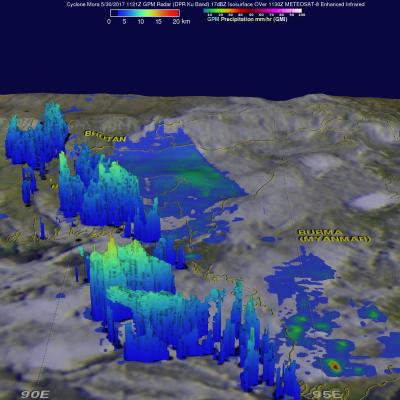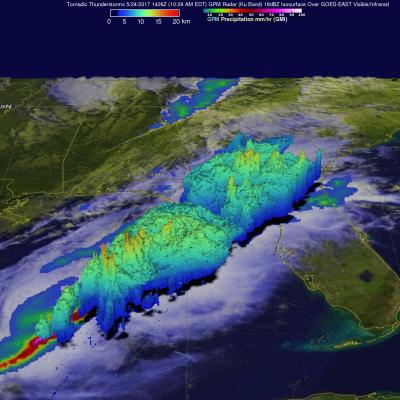Status of IMERG v04 Products
In an effort to keep users informed, below is the current status of the IMERG V04 products. Summary 1. As of 02:20 UTC on 9 May 2017, IMERG Early and Late are running in V04 with backward compatibility adjustments to V05 inputs. 2. From that point to about 11:30 UTC on 12 May 2017, there are long, thin streaks of artifacts in IMERG Early and Late due to GPROF-ATMS. 3. From that point to about 15:00 UTC on 30 May 2017, there are unrealistically large areas of light rain in moist tropical ocean areas in IMERG Early and Late due to GPROF-ATMS and GPROF-MHS. Thereafter, the content of microwave




